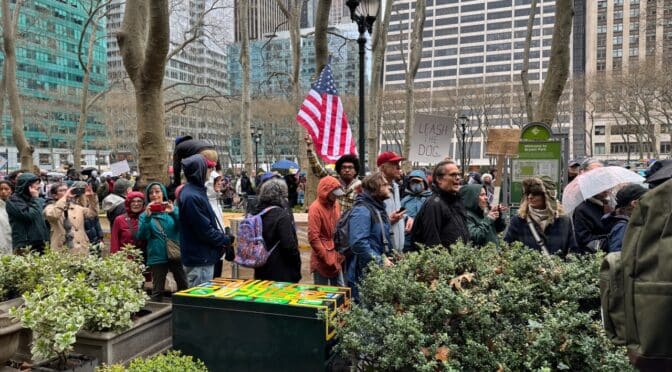Despite the crazy weather in New York, the spring cleaning bug bit me and I began to root around in black bags that I filled with garden stuff and stored in the basement for the winter. There was an awful smell coming from one, and I had force myself to open it.
And then, I wanted to kick myself. I discovered the plastic bag was filled with pesticides that we probably shouldn’t have bought or stored.
And that got me to thinking about what I should buy, product labeling, and the claims made by companies and marketers.
The Federal Trade Commission (FTC) is the watchdog for advertising claims and it requires that companies tell the truth.
So what do the claims mean?
FREE OF
If a label says a product is “free of” a chemical or ingredient that poses a risk, it should be. There may, however, be a trace amount of it. But there shouldn’t be anything else that poses the same kind of risk.
VOC-FREE
VOC stands for volatile organic compounds found in paint, household cleaning products, floor polishes, charcoal lighter fluid, windshield wiper fluid, and some hair styling products and other things as well. They hit the air as gasses and can create ground level ozone that’s damaging to the lungs. Products that say “VOC-Free” or “low-level VOC,” should be.
VOCs in paint – If you are painting VOCs may be a concern. Base paint may be low-VOC or VOC-free. But the color that a store adds may not be. The tint can significantly boost the VOC level of paint and the amount varies from color to color. So if this is a concern, you might want to choose a color that’s low-VOC.
Ozone Friendly
This is one of these terms that sounds clear, but isn’t. We worry about two kinds of ozone layers.
The ozone layer in the upper atmosphere blocks harmful rays from the sun. Ground level ozone forms smog and can damage lungs and cause serious breathing problems.
So a company must be specific about its claims. If it’s “ozone-friendly” or “ozone safe,” the company must have proof that the product doesn’t harm the upper ozone layer or ground level air.
Less Waste
If all that extra packaging drives you wild, you may look for products that claim that its package is made with “less waste.” But don’t be fooled. The label should give you specifics about how much less waste it creates than the packaging for a previous version. It should say, for example, “10 percent less waste.”
Have something to say about product labeling? Comment and let us know.




